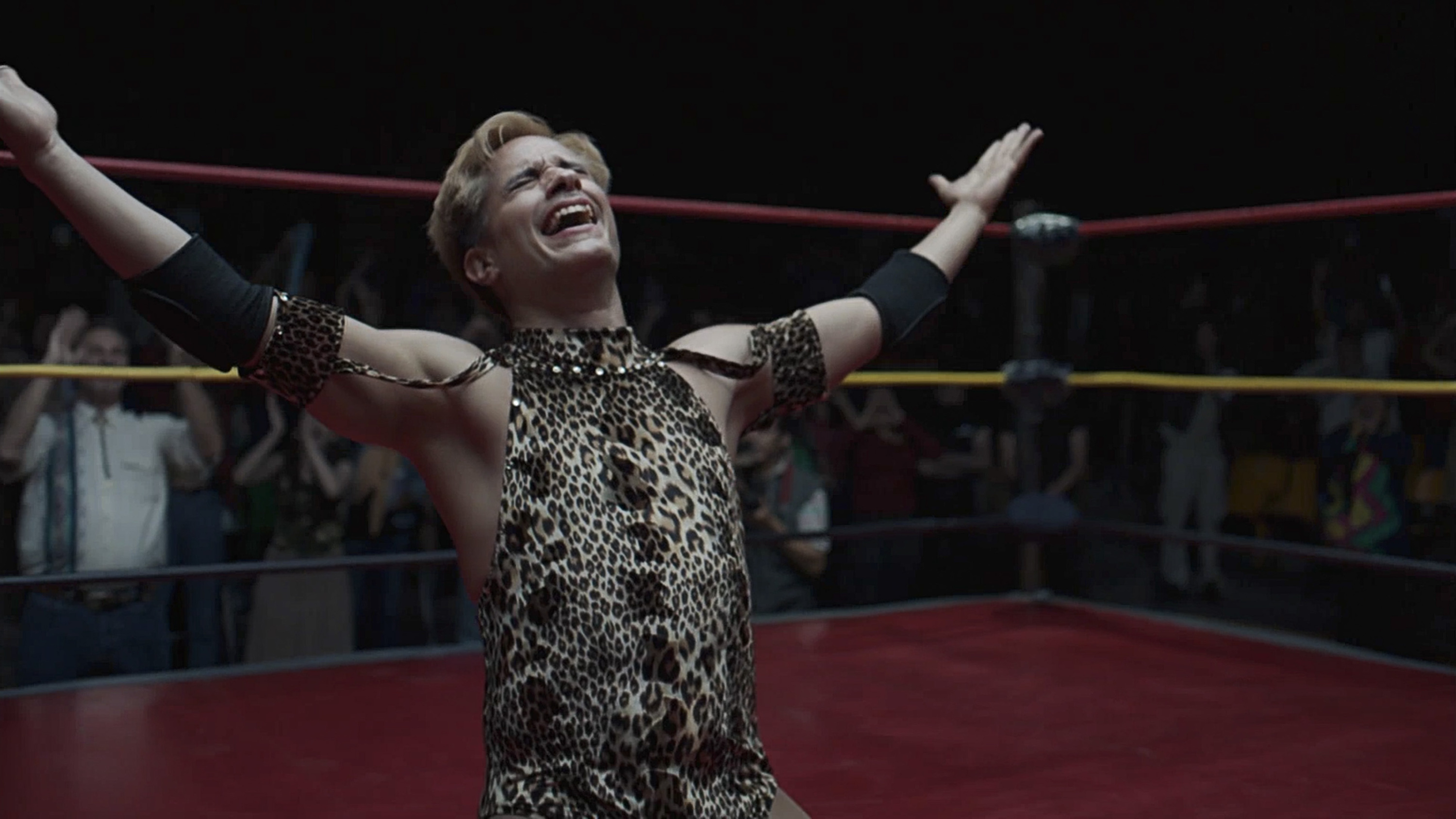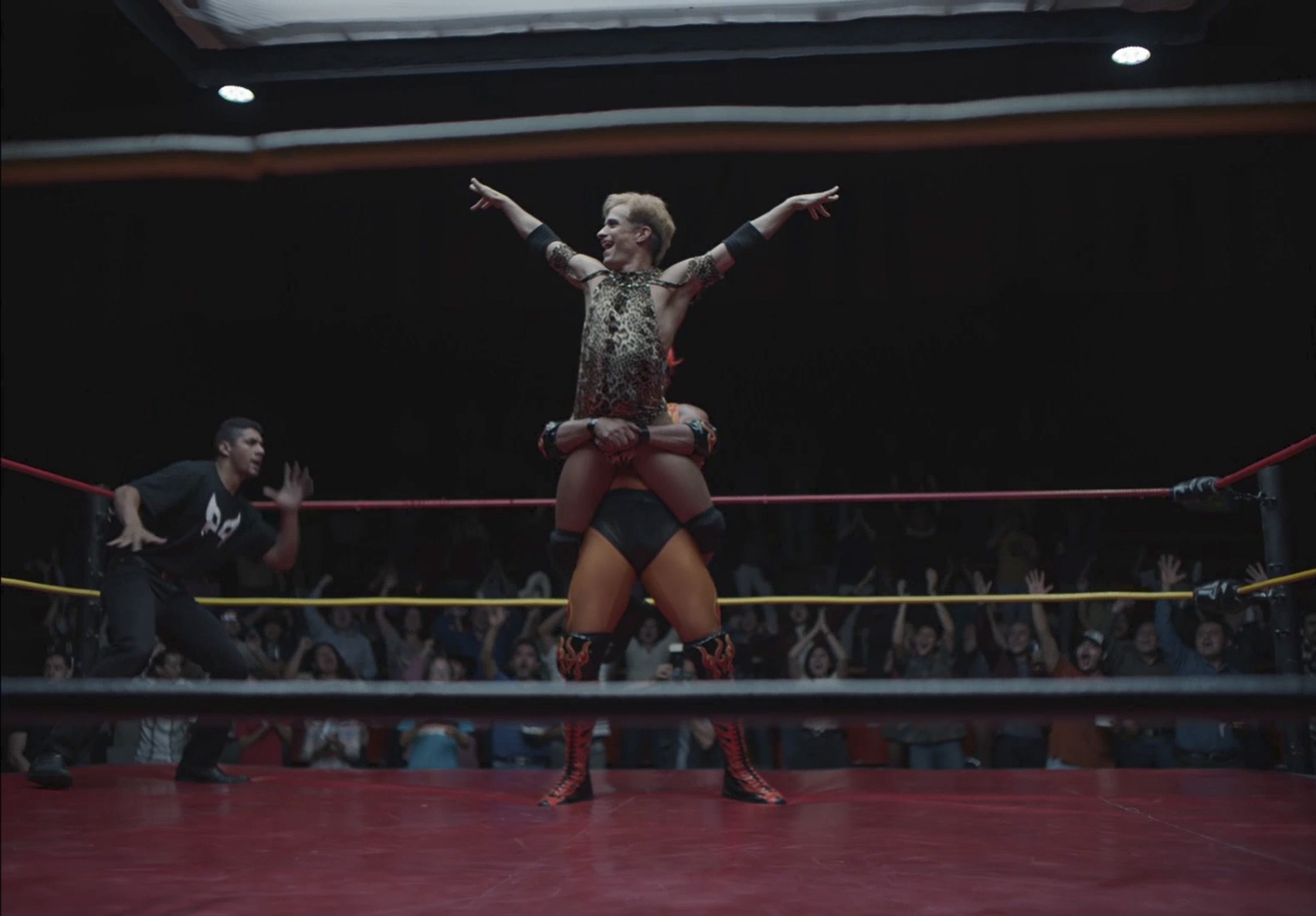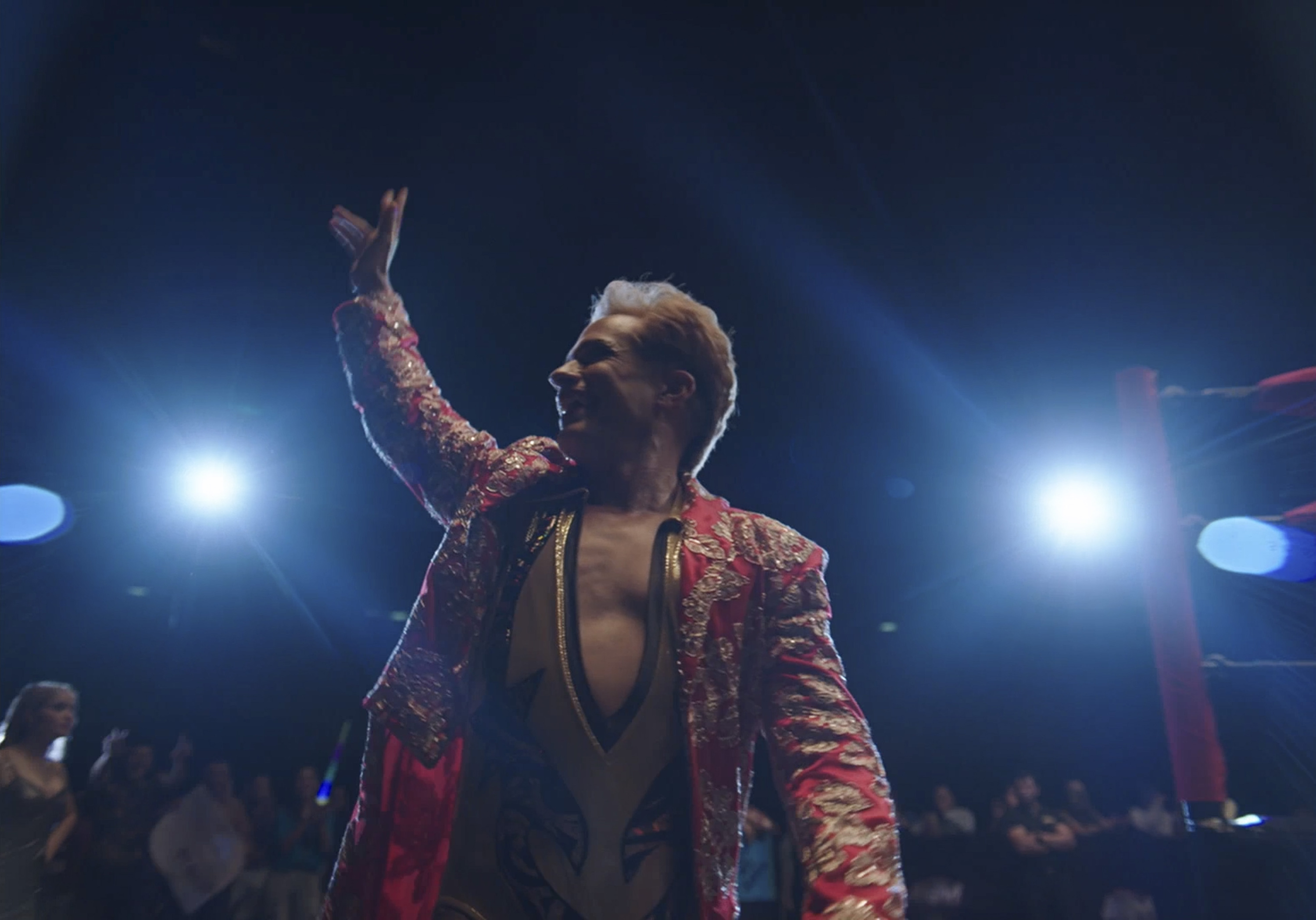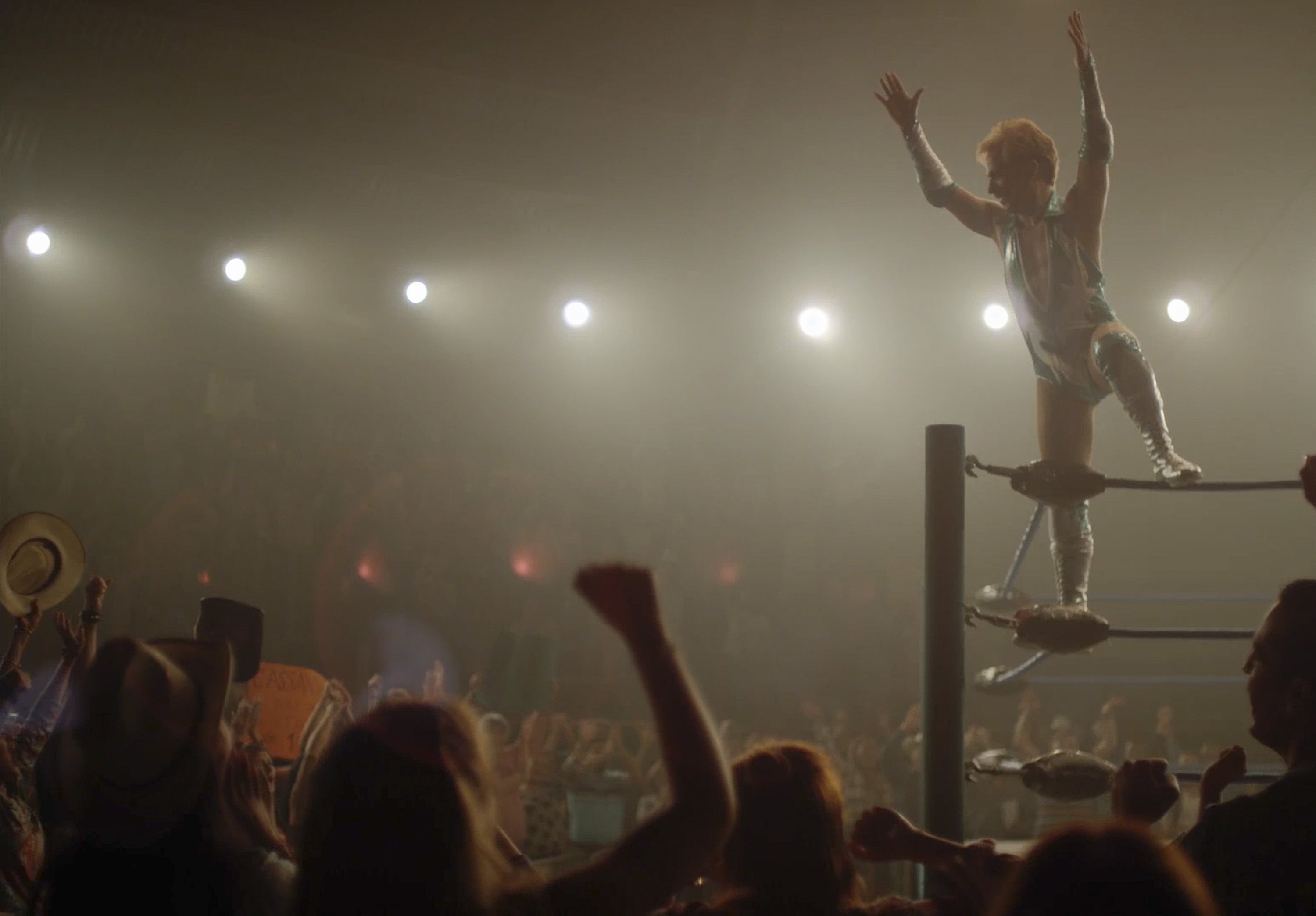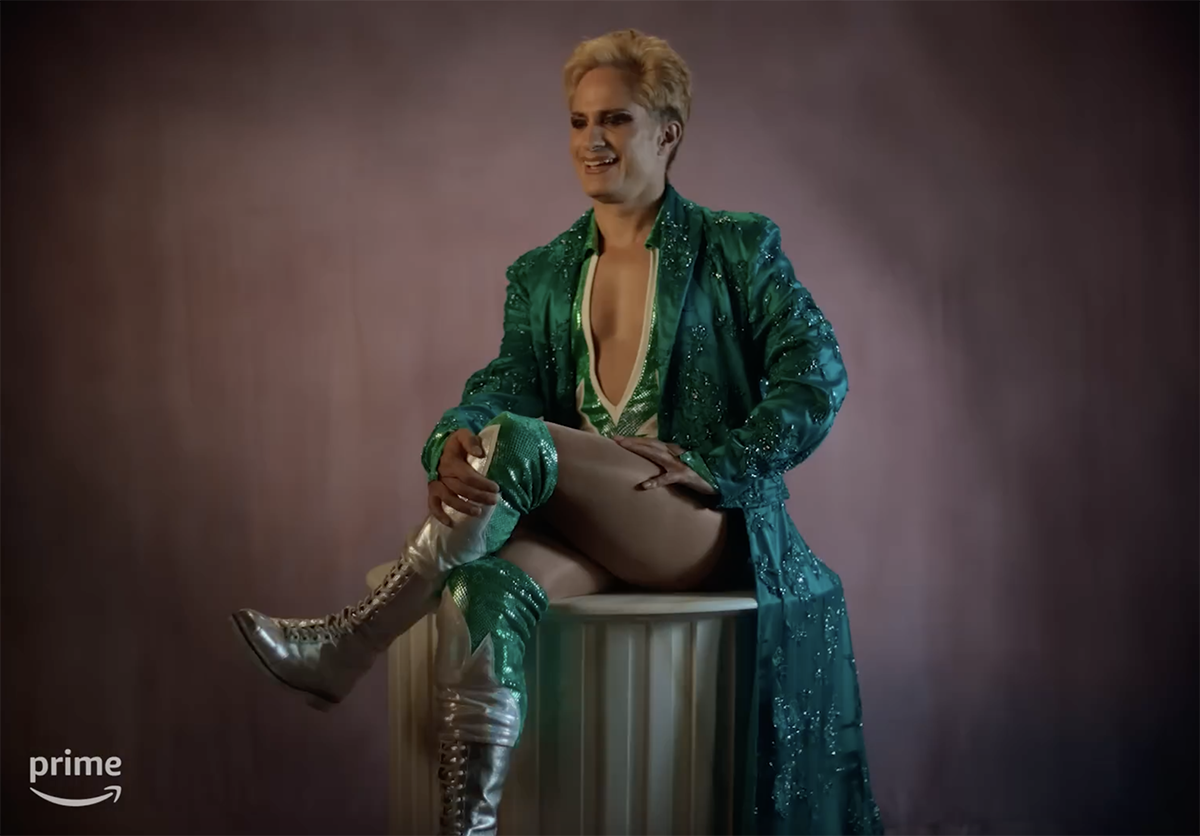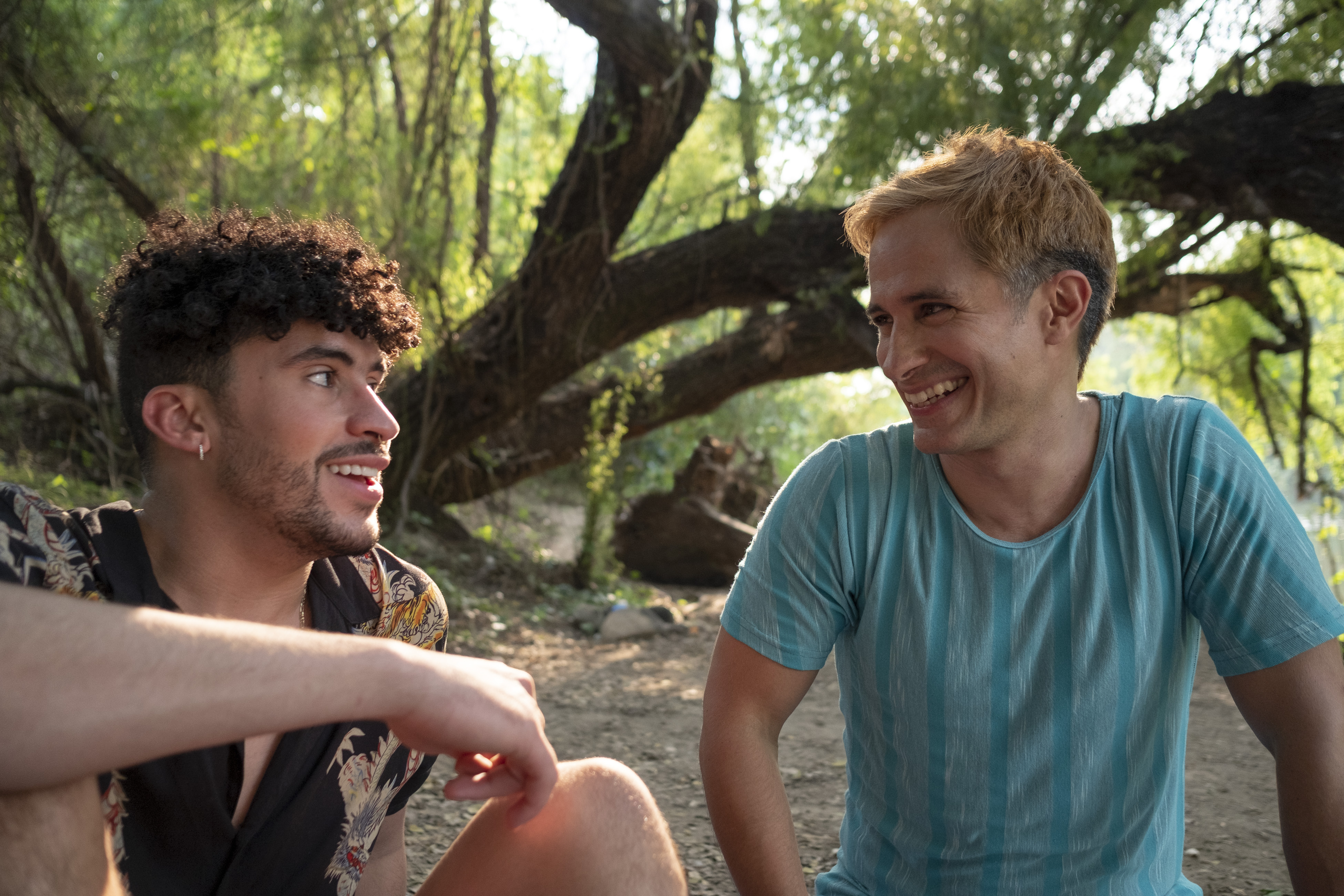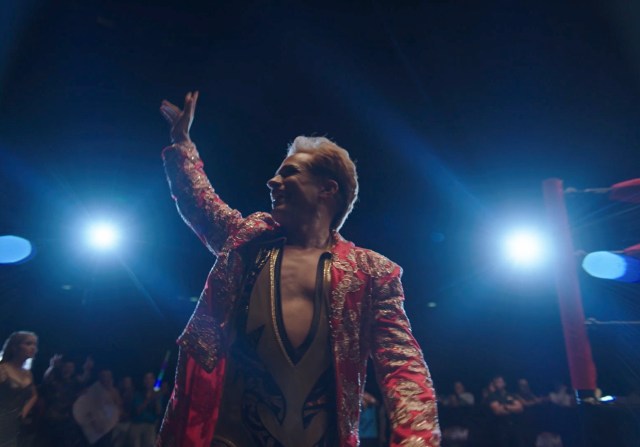
To plan a biopic with a pre-existing, ready-made documentary (“Cassandro, the Exotico!”) for ideas and inspirations from seems magnifico. But for “Cassandro,” cinematographer Matias Penachino and his director and co-writer, Academy Award-winner Roger Ross Williams, shied away from using it or, in Penachino’s case, even viewing it.
Saúl Armendáriz (played by Gael García Bernal) is a gay amateur wrestler from El Paso who rises to international stardom after he creates the character Cassandro, the “Liberace of Lucha Libre.” In the process, he upends the macho wrestling world and his own life. The movie is based on a true story.
“When I told my friends that I was going to make this film, they all knew about Cassandro because of this documentary. They were happy for me as the documentary was so good that a movie about the same person, they thought, would be as good. I didn’t want to watch it.
“I just didn’t want so many references. When you’re so involved in making a biopic, you don’t want to be so engaged in the actual character that you don’t make something special,” Penachino says.
Penachino instead sought inspiration and cinematic references from a different visual genre altogether — Mexican street photography.
Photographic Influence
“I wanted to change the idea of looking back at films as a reference to making a film. For this film, I preferred basing the cinematography in still photography. In particular, documentary photography instead of cinema.
“I went to Roger with a lot of ideas for street photography and their unique take on the world. They can tell you a story with just one frame. With Roger being a documentary maker and this being a biopic, it was clear that the film should resemble a portrait.”
So as Penachino shifted his influence from movies to the street photography of Mexico, he widened his approach to photographers from Europe and North America, including photographers from the UK like Peter Dewhurst and Craig Atkinson.
“I came to Roger with books and other references, and he said yes. We then based the aesthetics of the movie on still photography. Also, the rules for the language of the film were based on still photography, like the zero-degree angle with the camera almost always at the character’s height,” he says.
This spectator or voyeur approach wasn’t handheld, as you might expect, but Matias didn’t want a documentary feel.
“With the director known for being a documentary maker, people would expect that style. In this way, we turned it around by minimizing the camera movement. The camera is static almost constantly; it does need to move when the characters move. But if they’re not moving, neither is the camera; it just inter-cuts without moving or just pans for coverage.”
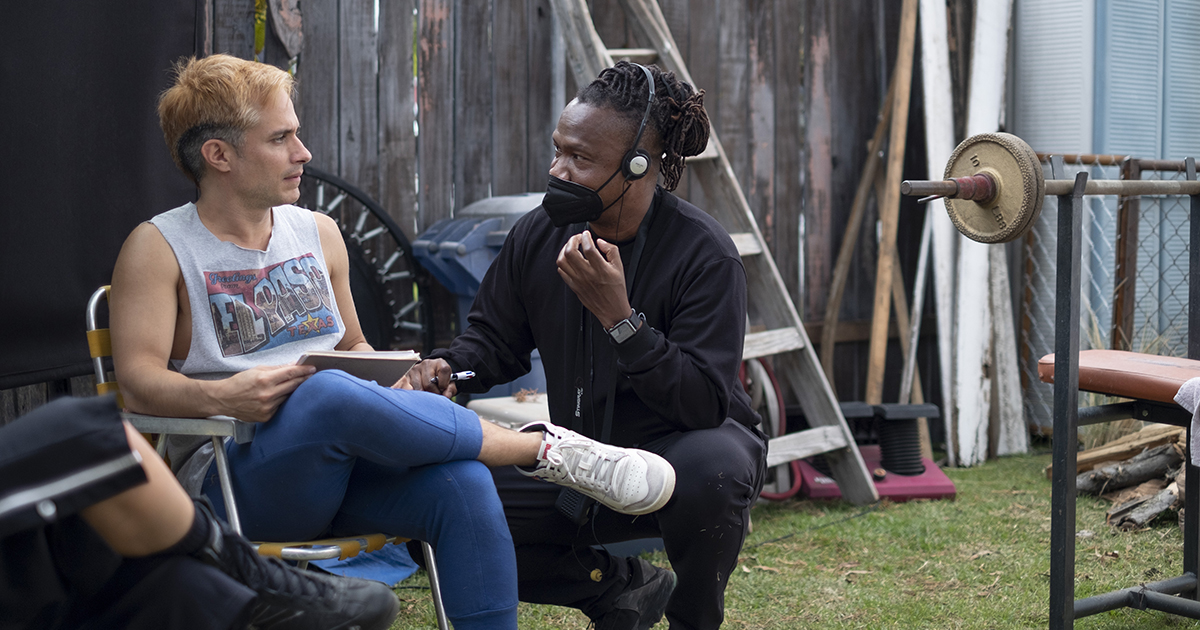
Cassandro was director Roger Ross William’s first narrative movie, and Matias appreciated how he embraced the differences.
“I think the success of our partnership really came down to the meticulous work we put into pre-production, the exquisite production design, and a production process that was very mindful of the world we were portraying,” Penachino tells British Cinematographer.
“Going from a small crew of about three, including a camera person and sound, to working with around 70 people is quite an experience. You now have seven people behind the camera and the rest on set. But I wanted to make it comfortable for him by not moving the camera so much and letting things happen. So, in a way, it’s shot like a documentary with tools that would help that but as fiction.”
That’s where the comparison stops, as the shoot included an ARRI Mini LF with Panavision H Series lenses with an aspect ratio of 1.44:1. “That’s not far from 4:3, which again reminds us of a portrait by being more like a medium format image. The lenses are super soft with a tremendous round bokeh with excellent resolution; they were amazing, really amazing.”
Boxing movies of late have tried to reinvent the way fight scenes are shot, “Creed III” being an example. “Cassandro” wasn’t going to compete on that level.
“We had a couple of different types of shots, but it was clear from the beginning that this wasn’t a sports movie. The film is about a guy who comes out of the closet and reinvents himself in an ultra-macho country.
“The camerawork was designed to tell the story more than present fighting in any different way. We weren’t looking for that.”
“We strategically moved the camera only when absolutely necessary, emphasising a deliberate stillness that further underscored our choice to portray the character from an outsider’s perspective. When it came to capturing the intensity of the wrestling matches, we collaborated with Alberto Ojeda, the film’s Steadicam and camera operator,” Penachino tells British Cinematographer.
“Together, we planned camera movements and angles, investing time in rehearsals and learning directly from the wrestlers, with a special emphasis on Gael’s amazing performance. The primary objective was to stay intimately close to the action to keep the main character in focus while being faithful to the visual language of lucha libre.”
READ MORE: Matías Penachino / Cassandro (British Cinematographer)
“Cassandro” can be seen on Amazon Prime, as can the documentary “Cassandro, The Exotico!”


